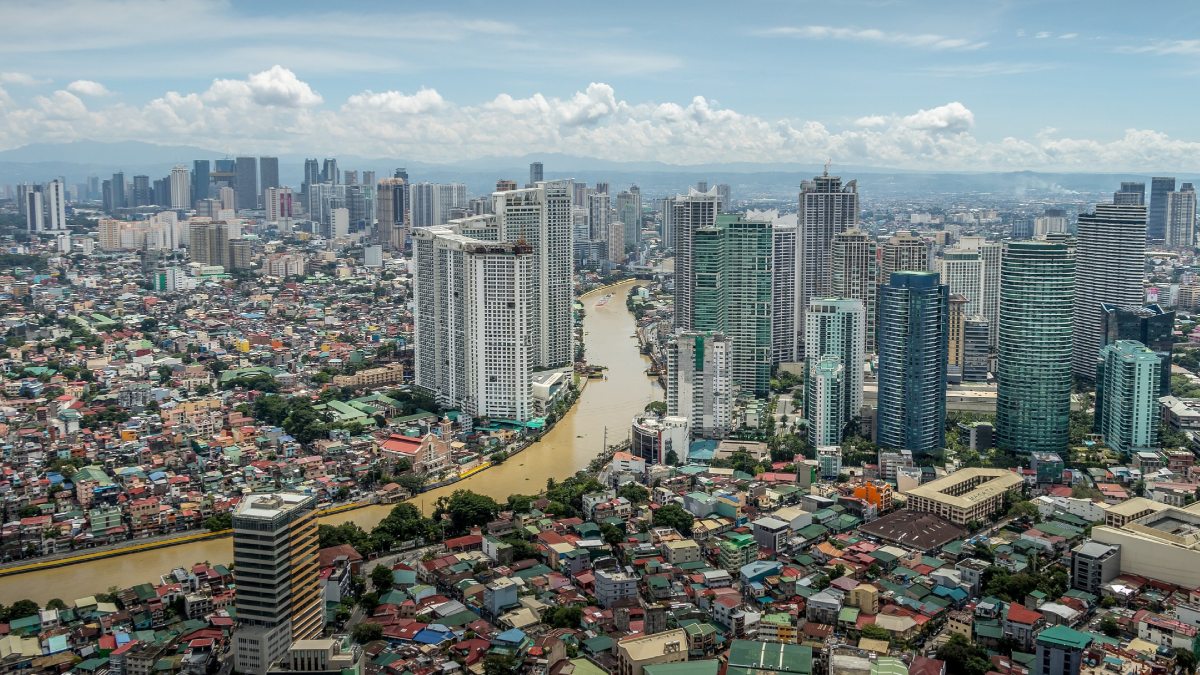The Philippine economy recorded a 5.7 percent growth in gross domestic product (GDP) for the first quarter of 2024, as announced by the Philippine Statistics Authority on Thursday. This figure represents a slight increase from the 5.5 percent growth in the previous quarter but falls short of the 6.4 percent growth in the same period last year.
Growth was observed across all major economic sectors, including agriculture, forestry, and fishing (AFF); industry; and services. Despite this, agriculture experienced a notable deceleration due to the impacts of the El Niño phenomenon.
Household consumption increased by 4.6 percent, which is the slowest quarterly rate since 2010, excluding periods during the COVID-19 pandemic. Government spending rose by 1.7 percent, and gross capital formation by 1.3 percent. Exports and imports of goods and services grew by 7.5 percent and 2.3 percent, respectively.
Socioeconomic Planning Secretary Arsenio Balisacan highlighted the adverse effects of prolonged heat waves on construction and household spending. He emphasized the government’s commitment to addressing climate change impacts through innovation and infrastructure development, particularly in vulnerable sectors such as agriculture.
Economic managers have revised the 2024 growth target to 6-7 percent, citing various external factors like global demand and oil price movements. Both the Asian Development Bank and the World Bank have adjusted their growth projections for the Philippines, predicting a growth rate of around 6 percent for the year.





